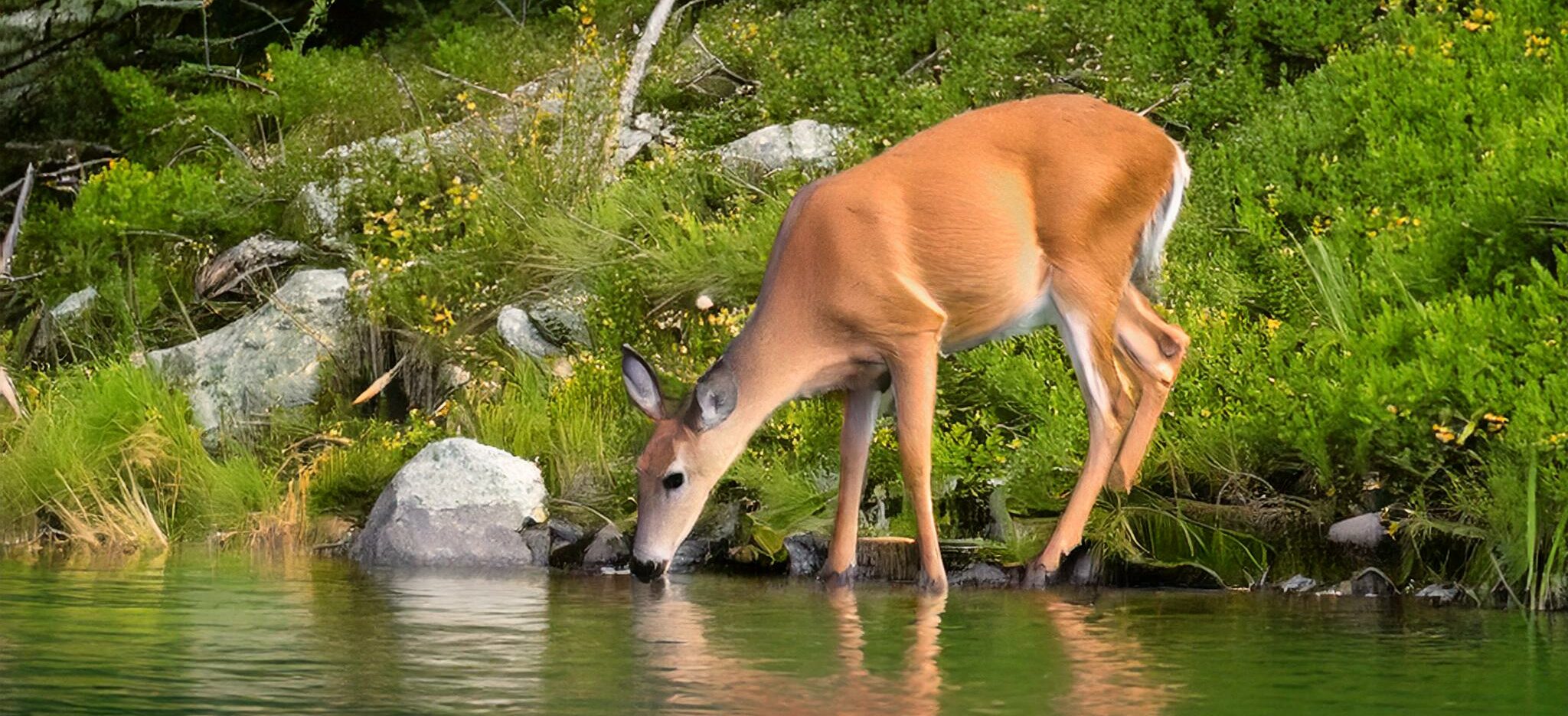Kicking things off by identifying common bear species you’ll likely encounter around cabins, we’ve got Grizzly, Black, and Brown bears making the list. Each comes with its own quirks and behaviors. Keen to learn more? Read on!
Bears are determined foodies. They’ve got a nose for food that’s stronger than anything we’ve ever dealt with! It’s these feeding habits and behaviors that can bring them a little too close to comfort with us humans.
Now, what happens when bears come visiting uninvited? It’s no picnic. There can be serious consequences for both the people living there and the bears themselves. Let me tell you, a face-off with a bear isn’t just dangerous, it can be tragic.
Here’s some food for thought: Statistics and real-life scenarios reveal just how important it is to have protective measures in place. No one wants to end up as part of a sad story either about lost lives or displaced wildlife.
Essential Structures: Reinforcing Your Cabin’s Physical Barriers
When it comes to beefing up your cabin’s defenses, focusing on sturdy materials for doors and windows is key. Imagine doors and windows that laugh in the face of even the mightiest bears! Steel or reinforced composite are your best friends here.
Every possible entrance needs scrutiny—don’t forget those chimneys and vents. Making sure they’re tightly secured can make a world of difference.
Living in bear country means sometimes you’ve got to think high-tech. Consider bear alarms and motion-sensor lights to catch any curious creatures trying to sneak a peek at your place.
For those in extra remote areas dealing with frequent visitors, we’ve got you. Solutions like bear-safe door bars or window shutters do wonders. Trust me, they’re worth every penny.
Food Storage Best Practices: Minimizing Attractants
Taming your food storage practices is a biggie when it comes to keeping bears at bay. Bear canisters and poles might not be glamorous, but they’re definitely effective.

When stashing food indoors or out, there are a few simple rules to follow. Keep things air-tight and out of reach, like store grub in bear-resistant containers or elevated spots.
Trash can be a major beacon to bears who can smell a meal miles away. Efficient garbage disposal requires more than just putting lids on bins; secure them properly and keep them away from the cabin if possible.
(Hey Wait! Your are supposed to put the locks on the cans BEFORE the bear gets there!)
Some places have community facilities for food and waste management which offer solid solutions. Shared resources can make protecting your stash less of a solo mission.
Living in Harmony: Non-Intrusive Strategies to Coexist with Bears
Understanding bear behavior can save everyone a lot of headaches. Non-aggressive deterrence methods like noise makers or even banging pots can be surprisingly effective without harming the animal.
Long-time cabin dwellers and local Native communities are treasure troves of wisdom when it comes to living with our big, furry pals. Picking up practices they’ve honed over generations can make coexisting a touch less wild.
When a bear turns up unexpectedly, stay cool and follow a few simple protocols, like making yourself large, avoiding running, and calmly back away—a little preparation goes a long way.
Joining educational campaigns or local partnerships ramps up awareness and helps everyone play their part in fostering bear-friendly zones. After all, education’s the cornerstone of peaceful coexistence.





